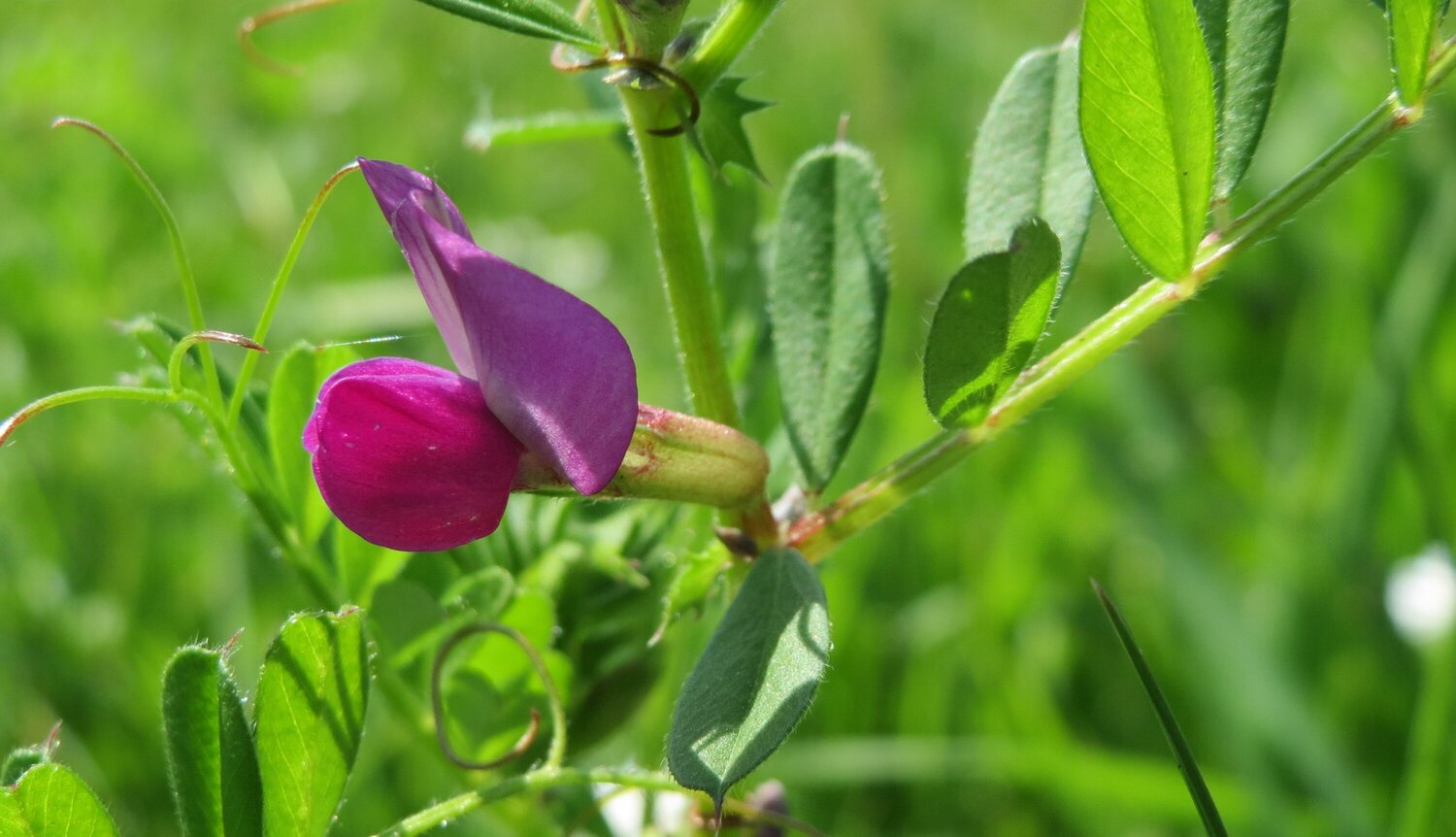Vetch
Why vetch?
The common vetch (Vicia sativa L.) provides palatable forage (fresh, hay and silage) and grain to livestock. It is also widely used as a green manure. It is grown on more than half a million hectares globally, with production is mainly concentrated in Ethiopia, the Russian Federation and Spain.
What we achieved
- 320 seed samples of 17 vetch wild relative species were collected in 13 countries: Armenia, Azerbaijan, Cyprus, Ethiopia, Georgia, Italy, Kenya, Lebanon, Nepal, Pakistan, Portugal, Spain and Uganda.

Deposited by both Slovakia and ICARDA, the common vetch is an unsung hero. Though not commonly found in our food markets or on our menus, it plays an important but low-key role in the global food system. A member of the pea family, its ability to produce its own fertilizer makes it useful in rotations, and it also provides palatable forage for livestock.
Project partners
Collecting
- Armenian Botanical Society, Yerevan, Armenia
- Genetic Resources Institute, Azerbaijan National Academy of Sciences, Baku, Azerbaijan
- Agricultural Research Institute, Ministry of Agriculture, Natural Resources and Environment, Nicosia, Cyprus
- Ethiopian Biodiversity Institute, Addis Ababa, Ethiopia
- National Botanical Garden of Georgia, Tbilisi, Georgia
- University of Pavia, Italy
- Kenya Agricultural and Livestock Research Organization, Nairobi, Kenya
- Lebanon Agricultural Research Institute, Rayak, Lebanon
- National Agriculture Genetic Resources Center, Khumaltar, Nepal
- Plant Genetic Resources Program, Bio-Resources Conservation Institute, Islamabad, Pakistan
- Museu Nacional de História Natural e da Ciéncia, Lisbon, Portugal
- National Institute for Agricultural and Food Research and Technology, Madrid, Spain
- Plant Genetic Resources Centre, Entebbe, Uganda
Collecting achievements and highlights
- 320 seed samples of 17 vetch wild relative species were collected in 11 countries: Armenia, Azerbaijan, Cyprus, Ethiopia, Georgia, Italy, Kenya, Lebanon, Pakistan, Portugal, Spain and Uganda.
Vetch key collections, materials and data
Vetch collections
- The largest vetch collection is conserved at the International Center for Agricultural Research in the Dry Areas (ICARDA), Lebanon.
- Of the 320 seed samples of vetch wild relative species collected, some 290 are conserved in the Millennium Seed Bank and have been sent to the ICARDA genebank for multiplication, use and safety backup (December 2021).
- The Genesys PGR database also includes information about vetch accessions in genebanks worldwide

